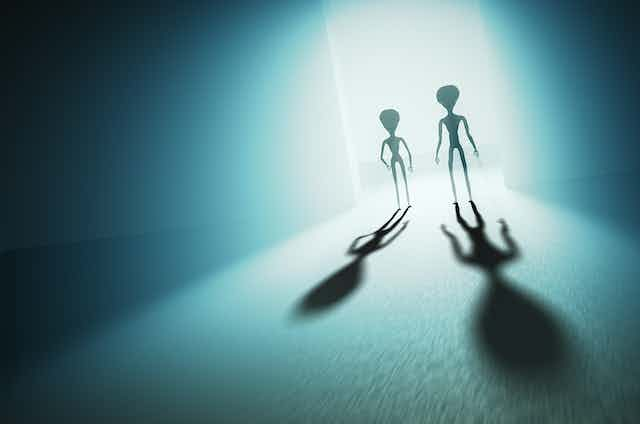
How extraterrestrial tales of aliens gain traction
The article explores the enduring fascination with extraterrestrial beings and their potential influence on human development. It discusses the idea of external forces guiding human evolution, referencing the famous monolith scene from "2001: A Space Odyssey." The article emphasizes that while the origins of human intelligence remain complex, people have often turned to non-human explanations such as gods or extraterrestrials.
Throughout history, humans have sought answers to unexplained phenomena by looking to the skies, which has contributed to the allure of the unknown. The article also touches on the appeal of conspiracy theories, their spread on social media, and their lack of scientific basis.
It mentions various purported evidence of alien visits to Earth, such as ancient carvings resembling alien figures or spacecraft, and discusses recent discussions in the U.S. Congress about UFOs (now referred to as UAPs) and related claims.
The article recalls a historical UFO hoax in Spain and highlights the harmful consequences of fabricated news stories. It acknowledges the possibility of intelligent alien civilizations but underscores the challenges of interstellar travel and the absence of concrete evidence for extraterrestrial visits. The article concludes by stressing the importance of distinguishing between science and storytelling for a more accurate worldview.
You can read more here: https://theconversation.com/how-extraterrestrial-tales-of-aliens-gain-traction-211060



